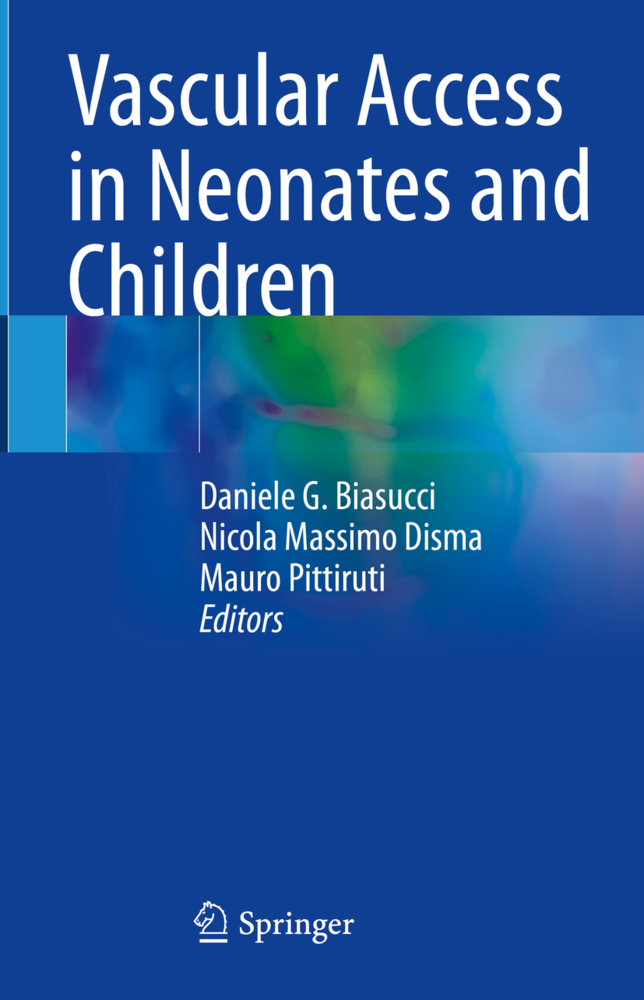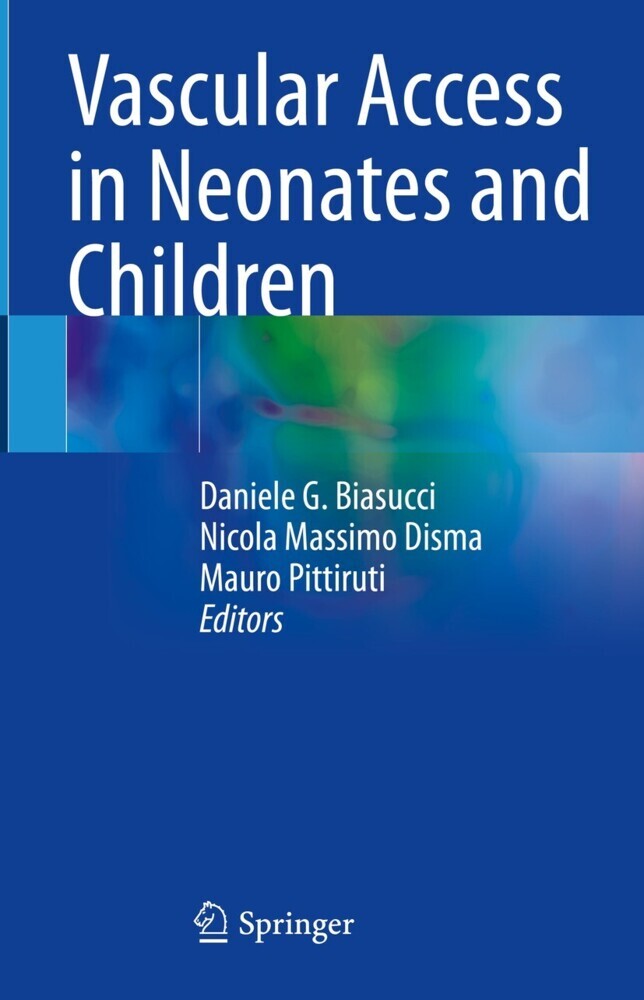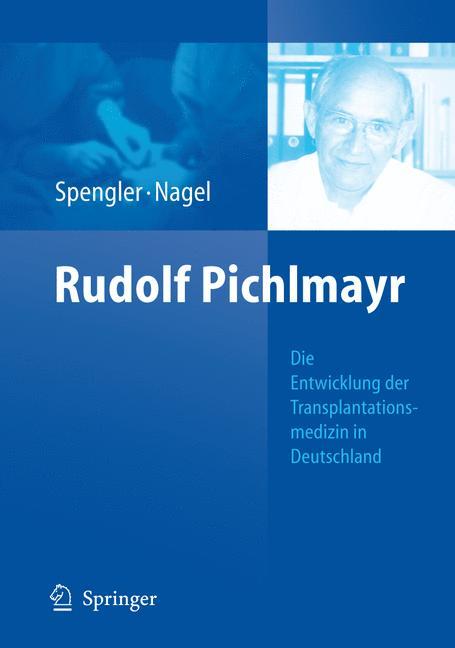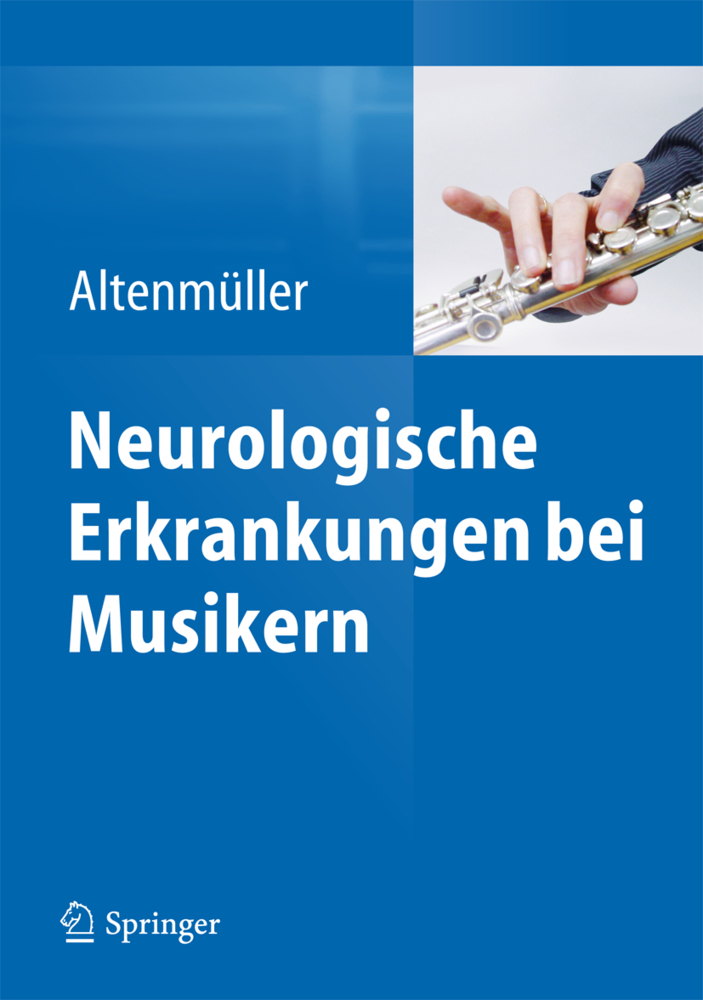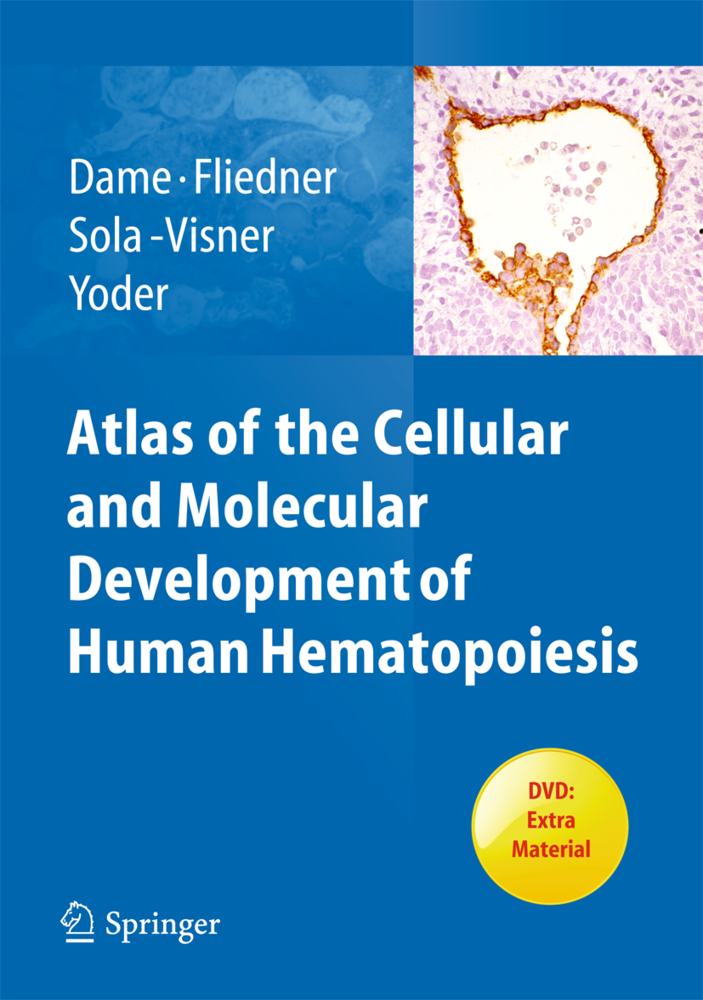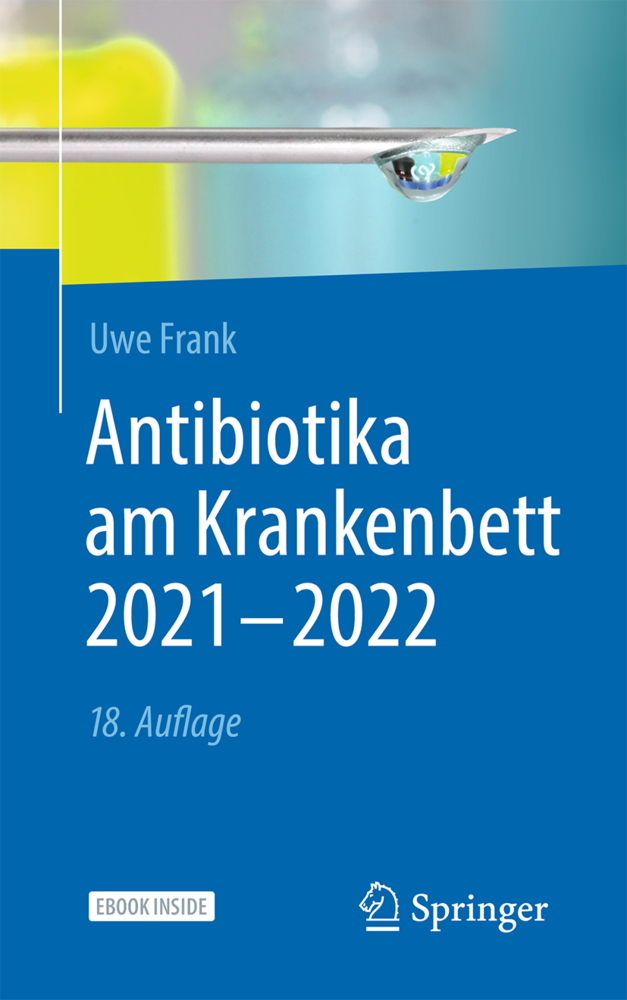Vascular Access in Neonates and Children
Vascular Access in Neonates and Children
This is a practical guide to pediatric vascular access. It covers how to use ultrasound appropriately, how to prevent and manage early and late complications, and how to correctly place the catheter tip using ECG or radiology. It includes all the most modern approaches and devices. In particular, the best approach for some specific populations is covered, including neonates and infants, complex patients, and children with cancer or renal failure requiring long term treatments. A guide on how to establish a vascular access team in a pediatric hospital is included, including the costs and benefits of having this hospital-based team.
Vascular Access in Neonates and Children is aimed at pediatric anesthesists and surgeons, and radiologists, pediatricians and other specialities may also find it of interest.
Part 1: General considerations on venous access in neonates and children
Chapter 1: Vascular access in pediatric patients: classification and indicationsChapter 2: Evidence based rationale for ultrasound guided vascular access in children
Chapter 3: Principles of ultrasonography and settings of ultrasound devices for children
Chapter 4: Ultrasound anatomy of arterial and deep veins of the limb and the cervico-thoracic region in children
Chapter 5: Near-InfraRed technology for access to superficial veins: evidence from the literature and indications for pediatric venous access
Chapter 6: Tip navigation and tip location methods
Chapter 7: Chest ultrasound for early diagnosis of complications
Chapter 8: Technique and devices for securement of the catheter and protection of the exit site
Part 2: Venous access in neonates
Chapter 9: Peripheral venous access in neonates
Chapter 10: Umbilical venous catheters
Chapter 11: Epicutaneo-cava catheters
Chapter 12: Ultrasound guided venous access in neonates
Part 3: Venous access in children
Chapter 13: Peripheral venous access: short cannulas, mini-midlines, midlines
Chapter 14: Peripherally Inserted Central Catheters (PICC) in children
Chapter 15: Centrally and Femorally Inserted Central Catheters (CICC and FICC) in children
Chapter 16: Totally Implantable Venous Access Devices
Part 4: Arterial access
Chapter 17: Umbilical arterial catheters
Chapter 18: Peripheral arterial lines
Part 5: Special considerations in pediatric vascular access
Chapter 19: Access for dialysis and apheresis
Chapter 20: Intraosseous Access
Chapter 21: Prevention and treatment of catheter-related complications
Chapter 22: Compatibility of drugs
Chapter 23: Organization of a hospital-based Vascular Access Team
Chapter 24: Special problems of venous access in intensive care and emergency
Chapter 25: Special problems of venous access in oncology and hematology
Chapter 26: Special problems of venous access in parenteral nutrition
Chapter 27: Sedation and general anesthesia for vascular access in children.<p></p><p></p>
Biasucci, Daniele G.
Disma, Nicola Massimo
Pittiruti, Mauro
| ISBN | 978-3-030-94711-8 |
|---|---|
| Artikelnummer | 9783030947118 |
| Medientyp | Buch |
| Auflage | 1st ed. 2022 |
| Copyrightjahr | 2023 |
| Verlag | Springer, Berlin |
| Umfang | X, 417 Seiten |
| Abbildungen | X, 417 p. 240 illus., 238 illus. in color. |
| Sprache | Englisch |


